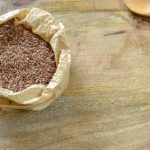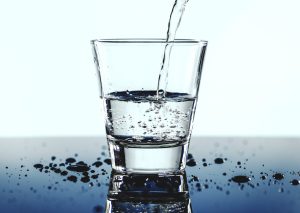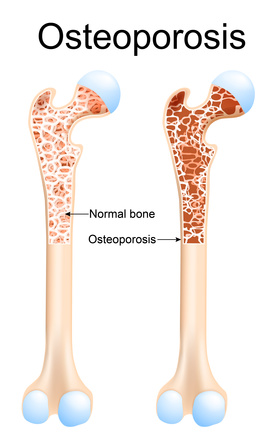
Phytoestrogens: Natural Support for Hormone Balance
March 14, 2025
PMS – It’s Not All in Your Head
March 18, 2025Nutrition and Lifestyle Interventions to Support POTS and Orthostatic Intolerance

Orthostatic intolerance is an inability of your body to readily adapt to changes in posture. When you are lying down, it is easier for your blood to pump through your body. Your heart rate may be low or near your resting heart rate.
When you stand up, your heart rate naturally increases along with a small increase in blood pressure to compensate. Blood now needs to pump all the way from your feet back to your heart. Your autonomic nervous system controls this adaptation, and your body should usually function well to adapt
In orthostatic intolerance, or POTS (postural orthostatic tachycardia syndrome) this response is ineffectual. When you stand up, blood can pool in your lower legs and feet while your heart rate and/or blood pressure rapidly increase. You may experience dizziness, nausea, aching calves or visible blood pooling or mottling in your feet (turning red or purple). Reduced blood flow can cause extreme fatigue, brain fog and other issues. POTS syndrome is more complex and severe than orthostatic intolerance alone and may need medication and specialist supervision.
Active Stand Test – at home
- Take resting heart rate, lying down for at least 10-15 mins or ideally on waking in the morning
- Stand up and stand completely still for 3-10 minutes measuring heart rate e.g. by wearable tech like a watch/ Fitbit etc.
- If you have an at-home blood pressure cuff you can also take resting BP and another while standing.
- The official measurements are taken at 1,3,5 and 10 minutes but if you feel dizzy, weak, lightheaded or any symptoms, we would encourage you to cut the test short and sit.
An increase in blood pressure or heart rate upon standing is normal. Heart rate will typically increase by about 20-30bpm and then stabilise. If the increase is over 30 bpm you may have orthostatic intolerance.
Electrolytes and fluid intake
To support good blood volume and easier blood flow, it is recommended to increase your water intake to 3 litre per day and include 6g of salt or electrolytes. You may add extra salt to meals, drink salty soups or use electrolyte drops or Diorolyte oral rehydration sachets. It can be helpful to drink 400ml of electrolyte solution in bed before rising. Be cautious with drinking large volumes of very cold water, it should be room temperature so as not to overload the system.
Movement and additional supports
The calf muscle is very important in recirculating blood that can pool in your lower half upon standing. ‘Activating’ the calf muscles with gentle stretches while lying down before getting up, or after rising, can also help. Compression socks can help to support the muscles of the calves and return the blood to the heart. Lying down exercises can be helpful to stretch out muscles and improve circulation if standing exercise is difficult. Many people find that standing in the shower is particularly difficult. The heat or temperature of the water can disturb autonomic function, and warmth makes the blood vessels dilate. This can make it even more difficult to recirculate blood and cause blood pooling in the feet and a very high heart rate. Using a shower chair is highly recommended.
Transcutaneous vagal nerve Support (tVNS) support
tVNS has been proven to support autonomic function. Neurosym is an excellent though expensive device if you want to look at their website for cautions, suitability and published evidence.
Recommended use:
Use a very small drop of water or damp cloth to apply moisture to the skin and apply clip to left tragus of your ear (only the left). Gradually increases the intensity until you can just about feel a tingle. If it is painful or uncomfortable, that is too high, reduce the intensity. Higher is not always better, everyone is different, and you may find you use different intensities on different days. During usage you can pause and adjust intensity if needed, up or down to comfort.
30 minutes twice daily is recommended and monitor fatigue, heart rate and other symptoms.
Important caveat – the above measures do not suit everyone, and personalised advice and recommendations are important. There may be contraindications with pregnancy, electrolyte imbalances, impaired kidney function or certain medications.

